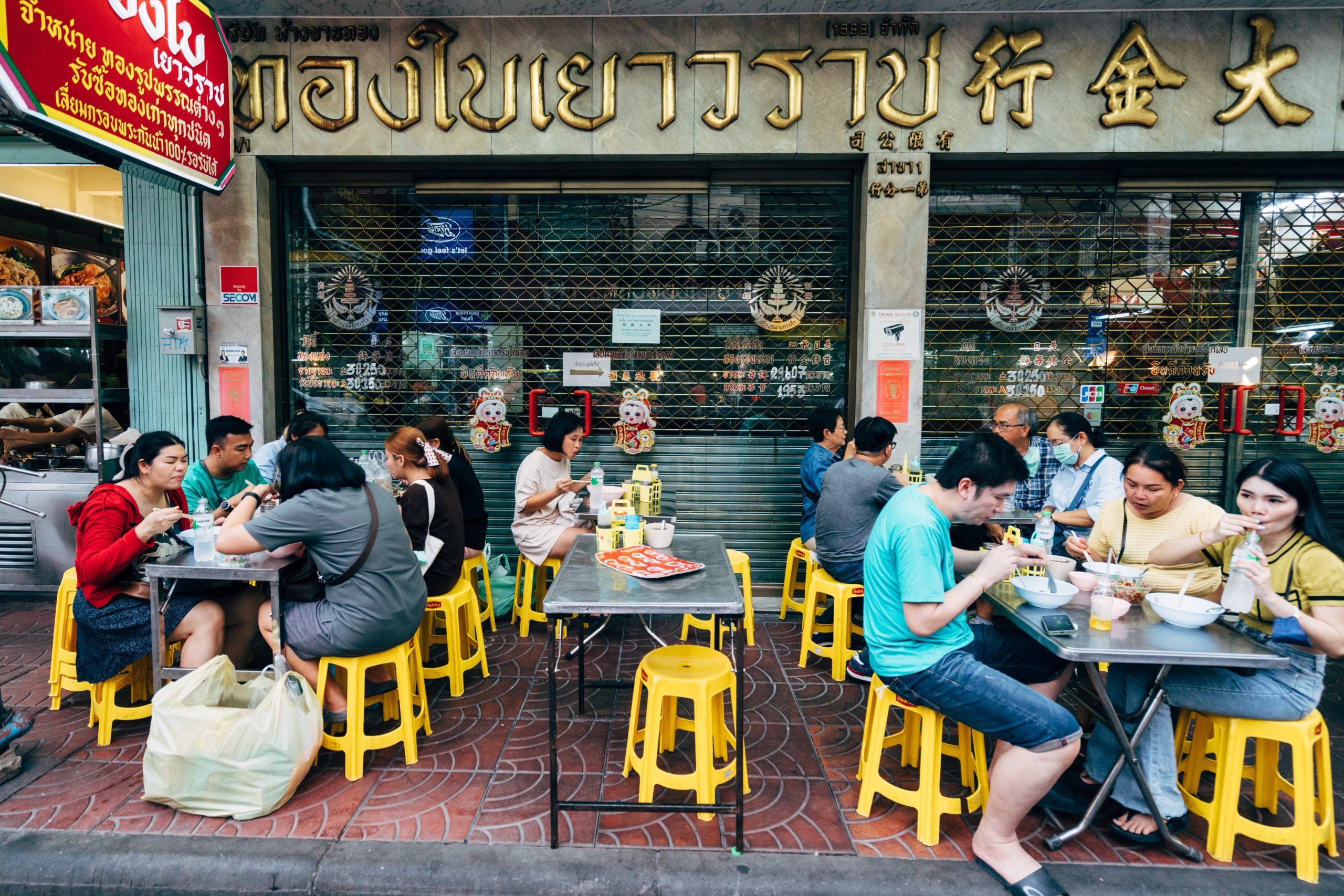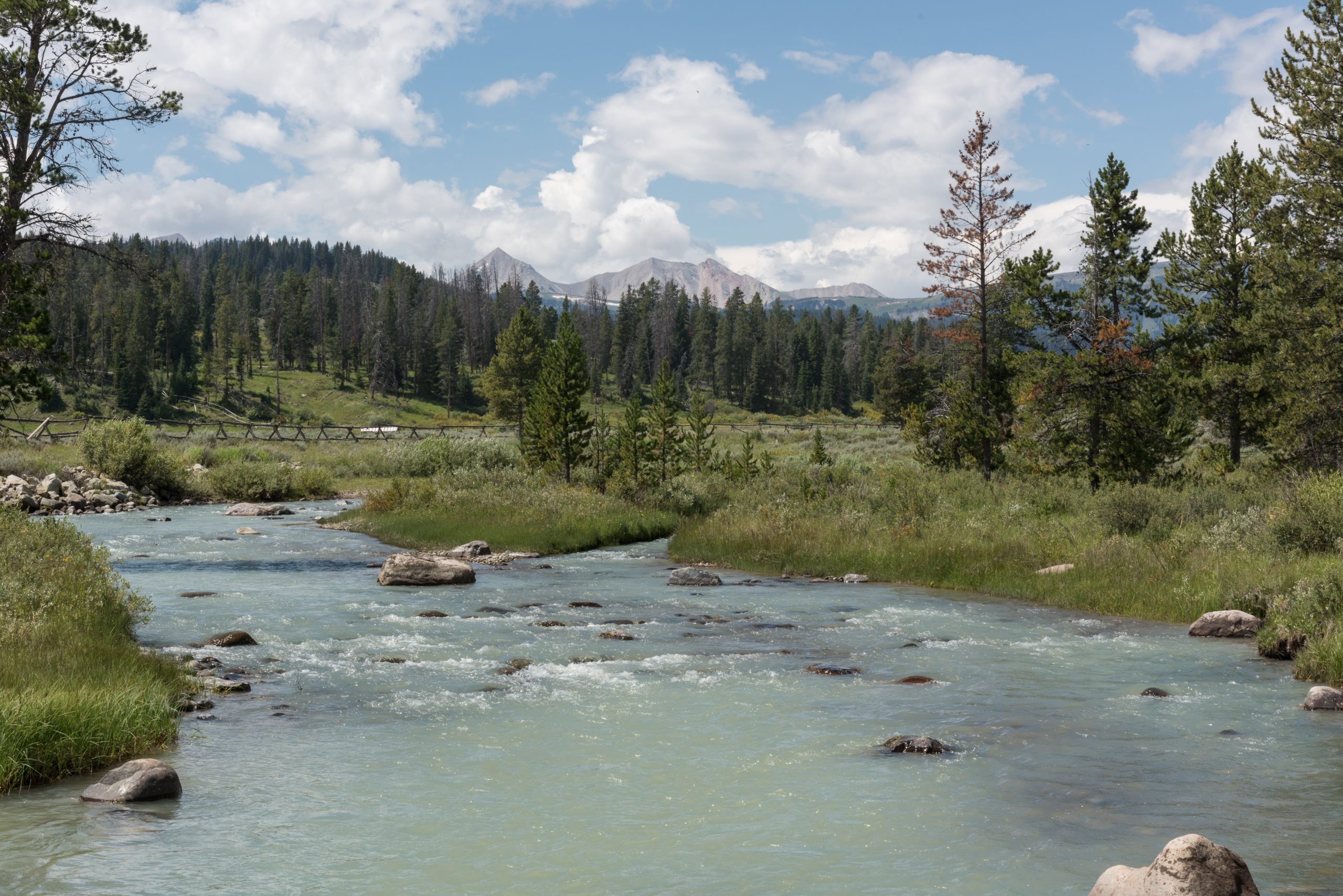Tourism is one of the world’s largest industries. According to WTTC, tourism prior to the pandemic accounted for 1 in 4 of all new jobs created across the world, 10.3% of all jobs (333 million), and 10.3% of the global GDP (US $9.6 trillion). Taking the above statistics into consideration, we can conclude that the sector contributes significantly to the economies and employment, being one of the main economic engines for nations. But how is it exactly possible that tourism creates so many jobs?
This article explores all the different employment opportunities tourism provides, explains why they are so important for the industry, and presents some of the challenges in the current workforce stemming mostly from the COVID-19 pandemic:
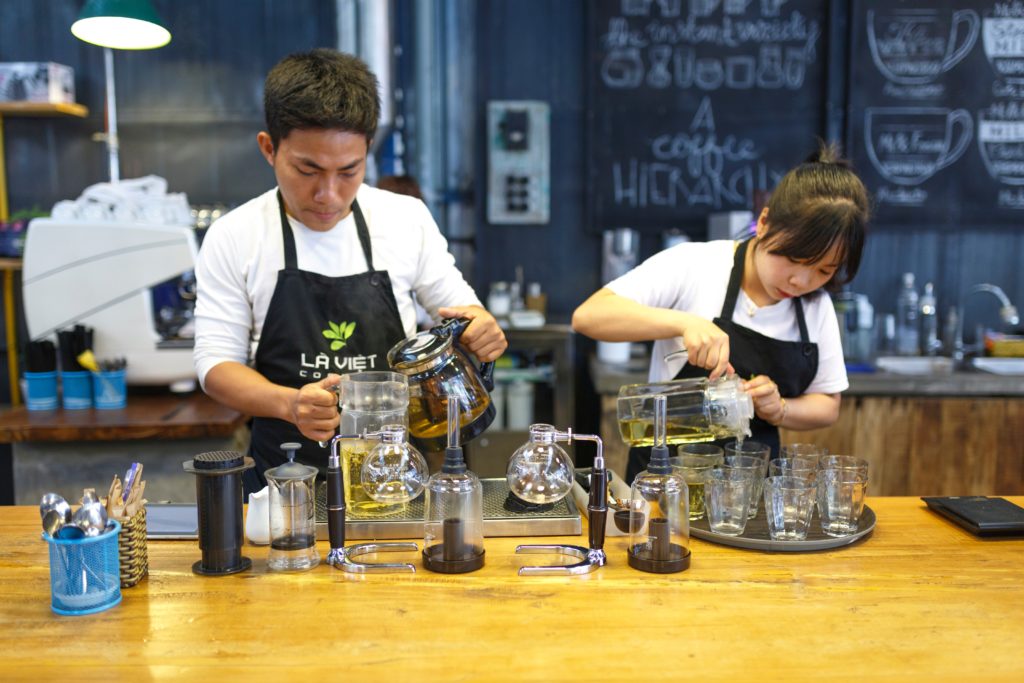
What are the employment opportunities in tourism?
Tourism can provide diversified employment in many different sectors, as the travel industry comprises various activities and services that create an overall tourist experience. Industries within the tourism value chain include accommodation, transport, food and beverage services, entertainment, and many more. Just think of your recent vacation – you first hopped on a plane, booked a hotel, and during your stay, you ate in different restaurants, went to different shops, and maybe even participated in local events. All the above aspects are part of the tourism industry, because you got involved in them as a tourist.
The employment opportunities in tourism can be divided into those created directly or indirectly. This is because the tourism value chain is exceptionally vast and creates further employment impacts, which are not necessarily limited to tourism.
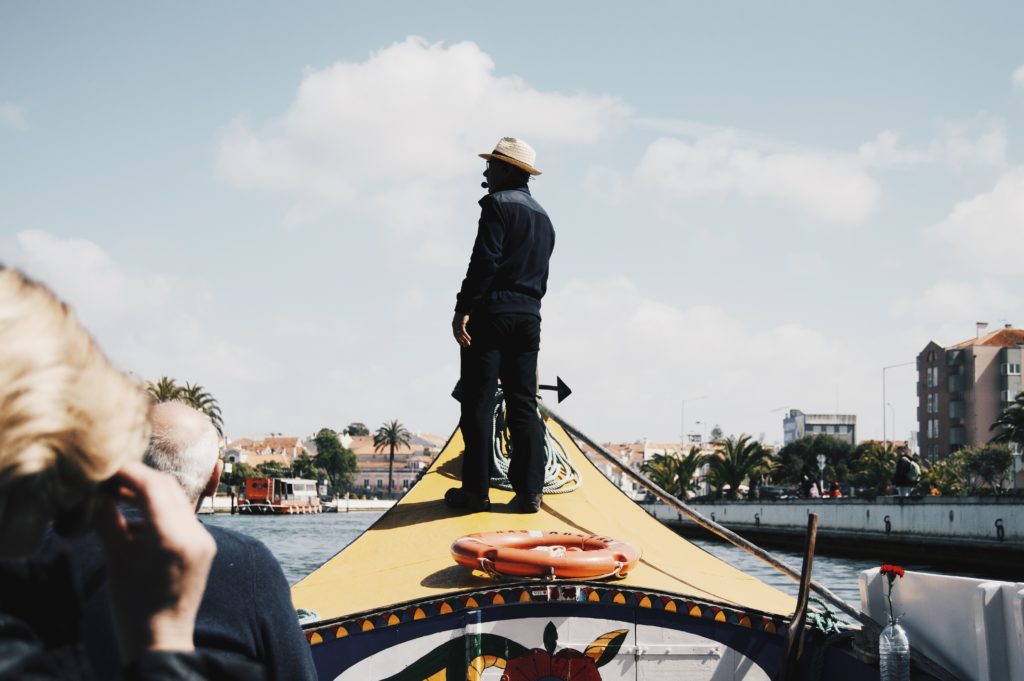
Direct employment in tourism
All jobs where employees are involved in the creation of a direct tourism output fall under the category of direct tourism employment. Examples include hotels, airlines, travel agencies, tour operators, museums, national parks, state parks, cruise lines… and the list goes on. What these industries have in common is their sole focus on tourism – they operate for tourists, and because of tourists.
Accommodation and transport activities are the most vital and integral ones in the tourism industry. They provide a base from which people can start their travel journey. Within the accommodation sector, there are multiple different types of lodging, ranging from hotels, hostels, B&B’s, or guesthouses. These can be either individually or family-owned, but also belong to the multi-chain operators. Therefore, employment opportunities are endless, as each accommodation type requires both high-skilled and low-skilled workers – from managers, and finance operators, to the housekeeping and cooking team.

Indirect employment in tourism
According to the UNWTO report, “one job in the core tourism industry creates about one and a half additional (indirect) jobs in the tourism-related economy”. Moreover, “there are three workers indirectly dependent on each person working in hotels, such as travel agency staff, guides, taxi and bus drivers, food and beverage suppliers, laundry workers, textile workers, gardeners, shop staff for souvenirs and others, as well as airport employees”.
Tourism is an extraordinarily labor-intensive industry. Each direct tourism provider carries several different suppliers crucial for the efficient operation of that provider. Some of the examples of indirect employment opportunities that tourism supports are restaurant suppliers, marketing agencies, accounting services, manufacturers, or souvenir producers. They may not be exclusively linked to tourism, but they are essential for its success. Therefore, these types of jobs are also considered part of the tourism industry – just behind the scenes. And when they all add up together, there’s no wonder why tourism holds such a great power to generate employment!

The importance of tourism in providing employment opportunities
Anyone can start working in tourism
In terms of employment opportunities, tourism is a great industry for anyone starting their career journey. There are many roles that do not require any specific qualifications and are relatively easy to get into – for example in hospitality. This is especially important for young people seeking a part-time job alongside school or university, migrant workers, women, minority groups, and many more.
People are at the heart of the tourism industry
Given that tourism is such a vast and diverse industry, it can attract people from different backgrounds. Tourism relies on its exceptionally skilled workforce in order to provide high-quality services and experiences to visitors. Therefore, recruiting suitable staff should be at the heart of each tourism business. Tourists’ experiences are highly dependent on the service they are provided, so fostering relationships between human resources and the tourism industry is crucial.
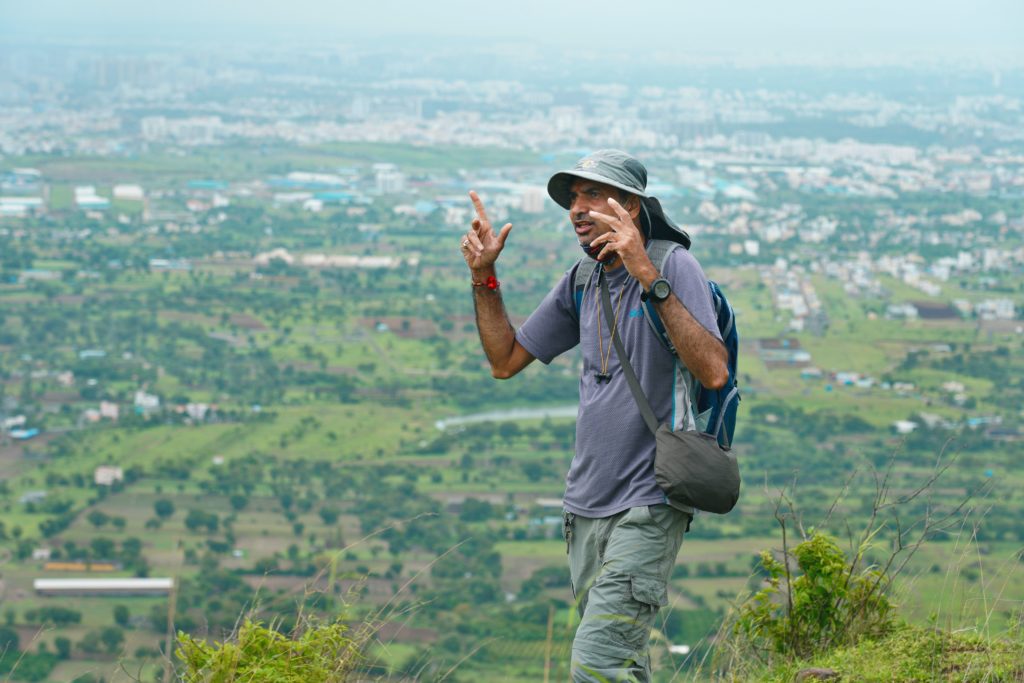
Connecting with local people during travels
Tourism is a tool for poverty alleviation
Tourism can also be a fantastic tool for poverty alleviation, which is especially important in underdeveloped countries. The industry has a great potential to generate direct income for the poor in the places they live. Many tourism businesses are owned by individuals and their families, which in turn enables deeper interactions between guests and host communities. These small-scale businesses often include guesthouses and restaurants as they often do not require much capital to invest into. Therefore, many communities can start making their living through tourism.
One of the greatest examples of how travel connects locals and visitors is ResiRest – a social enterprise that works as an impact connector between local families and travelers. This organization links local home-cooks to international visitors for a unique and authentic food experience. “Eating local” is a fantastic way not only to support local communities, but also allows for more enriching and memorable experiences during travels. And what better way to immerse in a different culture than by trying local food?
Solimar is also involved in projects that facilitate revenue generation for the host communities – Artisan Development in Morocco is one of many examples. This project aimed to create direct linkages between local artisans and buyers, while decreasing the use of middlemen in sales of the crafts!
Current challenges in the tourism workforce
Although tourism is such a powerful industry for generating employment, it is currently facing significant challenges due to staff shortages. Resolving this issue is essential for tourism’s growth and bouncing back after the Covid-19 pandemic. Travel restrictions made a number of employees move into different industries – therefore, tourism must now compete with other sectors in order to attract new workers. Other contributing factors include the lack of migrant workers, whose number started shrinking dramatically in 2020. For example, when Brexit was introduced in the UK, many people decided to return to their home countries. This has resulted in the lack of a suitable workforce in many industries, not only tourism.
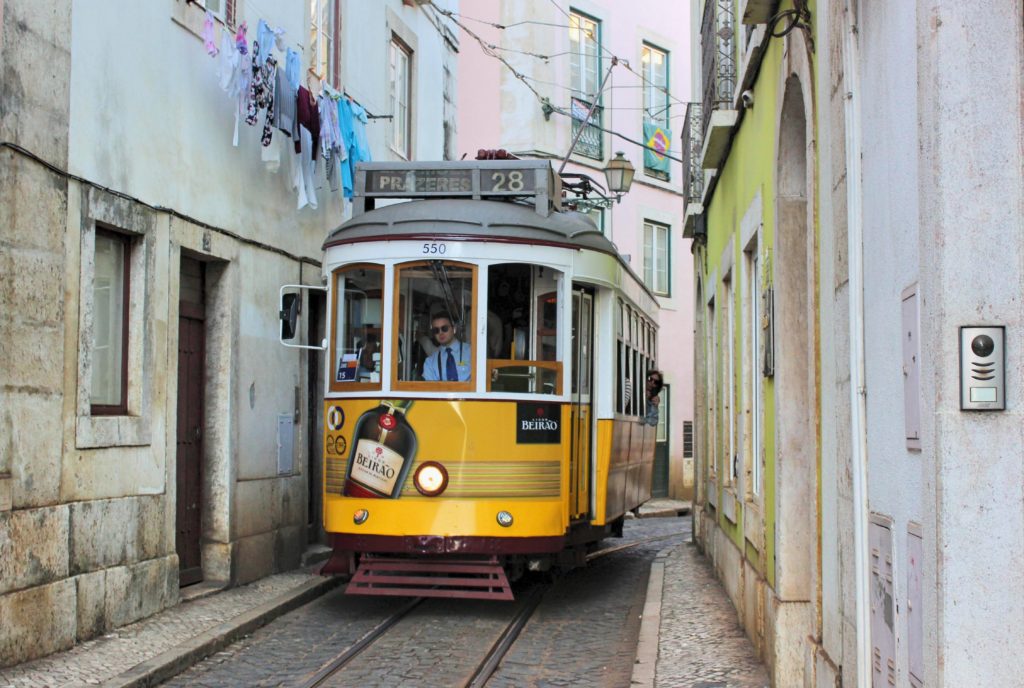
How can we ensure sustainability in the tourism workforce?
In order to attract new talent to the industry, tourism must implement various incentives and re-evaluate its human resources practices. This could be achieved by providing extensive training opportunities to enable people to work their way up in a company. Next, tourism must facilitate flexible and remote work opportunities. This should be executed not only for the employees’ convenience, but also as a way to overcome travel mobility restrictions. Utilizing digital technologies is a great step towards ensuring productive tourism operations as well.
Tourism truly is a one-of-a-kind industry, providing countless opportunities that can really make a positive impact on our society. If done the right way, tourism can be the most viable option for sustainable economic development. Therefore, considering a career journey in this industry leads to fantastic and rewarding opportunities.
Interested in working with us? Learn more about our virtual internship opportunities here!
